The Cobbler’s Children Have No Shoes
It’s an ironic truth: many attorneys who counsel clients on asset protection, trusts, and succession plans have no comprehensive estate plan of their own. This disconnect is so common it’s become cliché. After all, you know the law—you could put together your own plan anytime, right?
But estate planning isn’t just about legal documents. It’s about defining your values, protecting your loved ones, and building a legacy that reflects the life you’ve worked hard to create.
In this article, we explore why so many attorneys overlook their own estate planning, the risks they expose themselves to, and a clear roadmap to get your personal affairs in order—whether you’re in BigLaw, running a solo practice, or approaching retirement.
The Estate Planning Gap Among Attorneys
Why do lawyers—who know better—procrastinate?
False sense of control: You understand the laws and can draft your own documents, so the perceived urgency is low.
Time poverty: Your calendar is packed. Clients, court, and firm responsibilities often take precedence over personal planning.
Emotional avoidance: Estate planning forces you to confront mortality, family dynamics, and big decisions about money and legacy.
Assumed simplicity: If you’re single or child-free, it’s easy to assume estate planning isn’t necessary—until it’s too late.
Risks of Neglecting Your Estate Plan
Even for attorneys, procrastinating on estate planning can lead to:
Unintended beneficiaries: Assets could pass by default state law, not your wishes.
Probate delays and expenses: Without proper documentation, your estate could be tied up for months—or years.
Family disputes: Ambiguity breeds conflict, especially with blended families, estranged relatives, or business partners.
Tax inefficiency: Large estates may miss out on gifting strategies or trust structures that reduce tax liability.
No plan for incapacity: If you become ill or disabled, who makes your medical and financial decisions?
These risks aren’t theoretical—they’re real, and they escalate with age, wealth, and family complexity.
Step-by-Step: Creating (or Updating) Your Estate Plan as an Attorney
Step 1: Define Your Goals Beyond Legal Compliance
What do you want your estate plan to accomplish?
Support your spouse or children?
Donate to causes or alma maters?
Protect heirs from creditors or divorce?
Facilitate a smooth business succession?
Let your values—not just legal knowledge—guide the structure.
Step 2: Inventory Your Assets and Beneficiary Designations
Even the best estate plan fails if your assets aren’t aligned.
✅ List out:
Bank and brokerage accounts
Retirement plans (401(k), IRA, HSA)
Real estate and personal property
Life insurance policies
Business interests
Digital assets
✅ Review:
Beneficiary designations (especially on retirement accounts and insurance)
Titling of assets (individual, joint, trust-owned)
Many attorneys forget that beneficiary designations override wills—creating unintended outcomes.
Step 3: Draft or Update Your Core Documents
At a minimum, every attorney should have:
Last Will and Testament: Directs asset distribution, guardianship, and executor.
Revocable Living Trust: Avoids probate and provides control over asset management during incapacity.
Durable Power of Attorney: Names someone to handle your finances if you’re incapacitated.
Healthcare Proxy & Living Will: Designates someone to make medical decisions and outlines end-of-life preferences.
Even if you could DIY these documents, collaborating with an estate planning attorney brings objectivity—and ensures no detail is overlooked.
Step 4: Address Business Succession (If Applicable)
If you own a firm or practice:
Who will inherit or manage it?
What is it worth?
Can it function without you?
Is there a buy-sell agreement in place?
Whether your practice is a solo shop or part of a partnership, business continuity planning is essential. A sudden illness or death without a plan can leave clients, staff, and your family in a legal and financial mess.
Step 5: Incorporate Trusts (When Appropriate)
Depending on your goals and estate size, trusts may help:
Minimize estate taxes
Shield assets from creditors or remarriage
Control how and when heirs access money
Provide for special needs dependents
Popular options for attorneys include:
Revocable Living Trusts
Irrevocable Life Insurance Trusts (ILITs)
Grantor Retained Annuity Trusts (GRATs)
Charitable Remainder Trusts (CRTs)
These require careful coordination with your broader financial and tax plan—often involving a team of advisors.
Step 6: Communicate the Plan
Too many attorneys die with “perfect” estate plans that no one understands. While you don’t have to disclose every detail, it's wise to:
Name and notify your executor/trustee
Let your agents know where your documents are stored
Discuss your wishes with your spouse or adult children
Clarity now avoids confusion later.
The Attorney’s Advantage—and Responsibility
You’re not starting from scratch. You understand the importance of legal structure, intent, and fiduciary responsibility. That gives you an advantage.
But it also comes with responsibility: your family, your partners, and your legacy depend on you doing this right—not someday, but now.
Final Thoughts: Your Estate Plan Is a Reflection of Your Life’s Work
Estate planning isn’t just about avoiding probate or minimizing taxes. It’s about defining the legacy you leave behind—and making sure your loved ones are protected when it matters most.
As an attorney, you likely help others with these questions every day. But don’t let professional familiarity lead to personal neglect. A well-crafted estate plan is one of the most powerful acts of care you can provide.
Let’s Make Your Legacy Plan a Reality
We work with attorneys to align estate planning with overall financial strategy—from succession planning and trust coordination to investment alignment and retirement transitions. If you’re ready to stop postponing and start protecting, we’re here to help.
